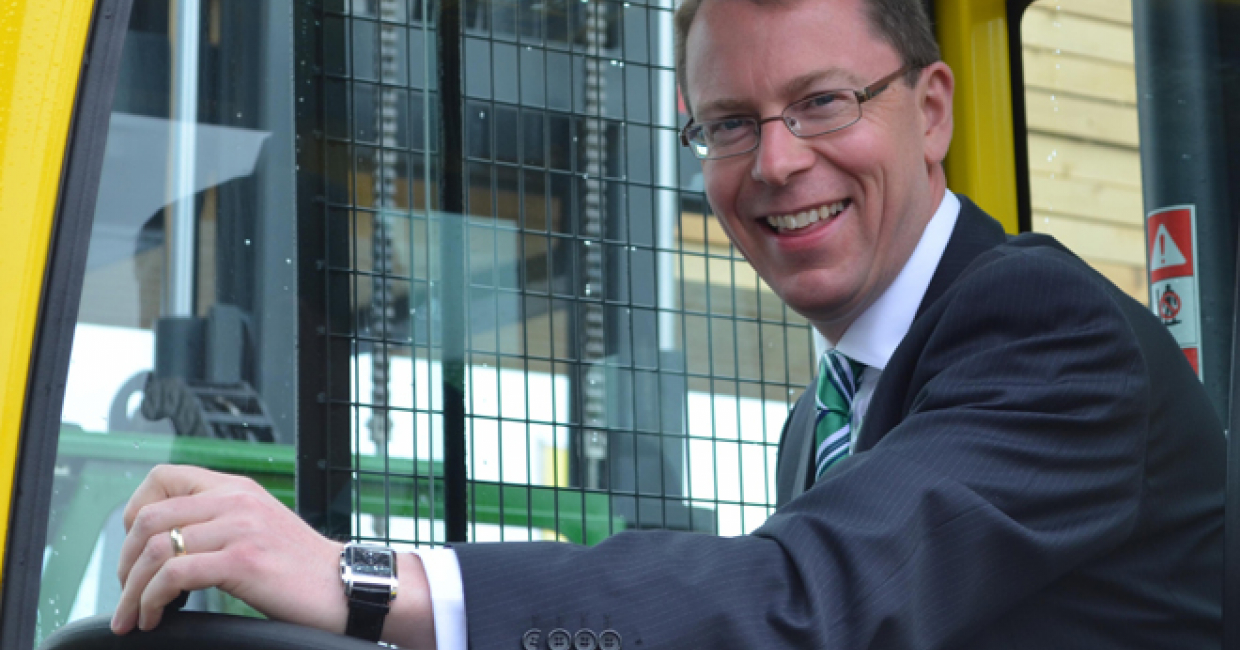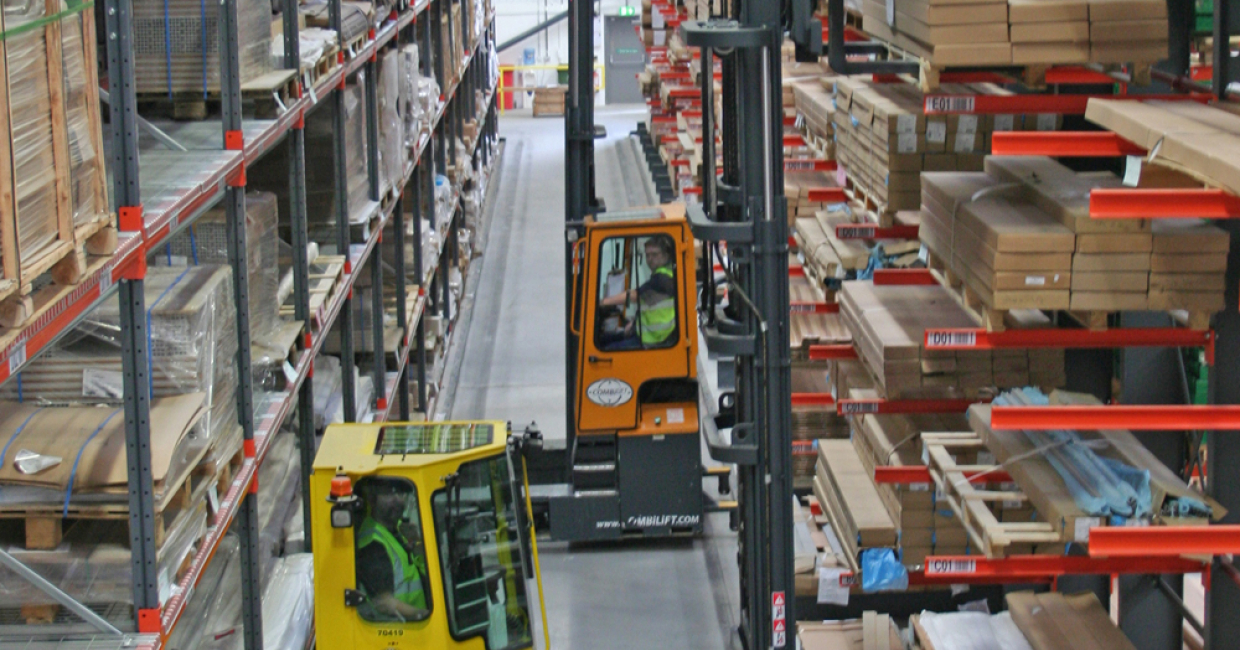Efficient materials handling is a crucial aspect of any operation, and when it works well it ensures the seamless supply of materials to production lines, the efficient storage of both incoming goods and finished product and the prompt despatch of deliveries to customers. Manual handling is pretty much a thing of the past due to ever more stringent safety regulations and the increasing size and weight of raw materials, with forklift trucks being used to alleviate the strain on the workforce.
But which type of forklift to choose? What capabilities should it have? Do you need one primarily for inside work or for offloading and transporting goods around a yard?
How do you ensure that your investment is justified in terms of payback and a proven increase in efficiency? Other key issues are ROI (Return on Investment), safety, long life operation, easy provision of spare parts and low maintenance – you need this machine to be a reliable workhorse and not just a decorative piece of kit!
Martin McVicar, the MD of Irish specialist manufacturer Combilift has been providing the answers to these and many more questions around the subject of productive handling and storage for 15 years now since he established the company and developed the first four-way Combilift forklift in 1998.
“We can help operations of any size to ‘do more with less’ as our range of customised products replace other types of forklifts. This sits neatly with the increasing demands for a universal machine that just gets on with the job,” he says. “In line with the expectations outlined above we have deliberately designed the Combilift range with a minimum of over sensitive electronic parts which make them robust and able to clock up thousands of hours before they need refurbishing or replacing. We also use easily available standard components from major suppliers which makes the sourcing of parts very straightforward.”
With the FLTA Safety Week just passed, a renewed focus on safety plays out across the media, but this is obviously a concern every day of the year. The risks entailed when transporting very long and bulky loads are drastically minimised due to the Combilift’s design: resting these loads low down on the platform when travelling eliminates hazardous elevated travel that is necessary with many mainstream trucks.
Excellent visibility from the driver’s cab also ensures a free line of sight around obstacles and other personnel who may be in the vicinity. Capitalising on the trucks’ abilities to move in all directions also greatly reduces the need for reversing which is one of the more riskier manoeuvres when operating in a busy factory or yard.
Combilift is known for its continual product innovation since it launched its original 4t capacity C4000 model, which incidentally is still going strong at a builders’ provider in Monaghan – there’s longevity for you! This year saw a new development in the form of the first pedestrian truck from Combilift – the Combi-WR (Walkie Reach) and its 4-way counterpart the Combi-WR4, which was designed with very particular emphasis on safe operation.
This very compact machine with a capacity of just under 1.5t and a lift height of 4.2m handles palletised material such as components as well as longer loads in very confined areas. With electronic power steering, pantograph and side shift functions it is the only pedestrian reach stacker range which can work in an aisle-width of 2m pallet to pallet. The multi-position tiller (patent pending) incorporates push button rotation of the rear wheel parallel to the chassis for placing and picking in the aisle. As the operator remains at the side of the truck rather than between the racking and the machine, the risk of incidents in tight and/or narrow aisles is greatly reduced.














